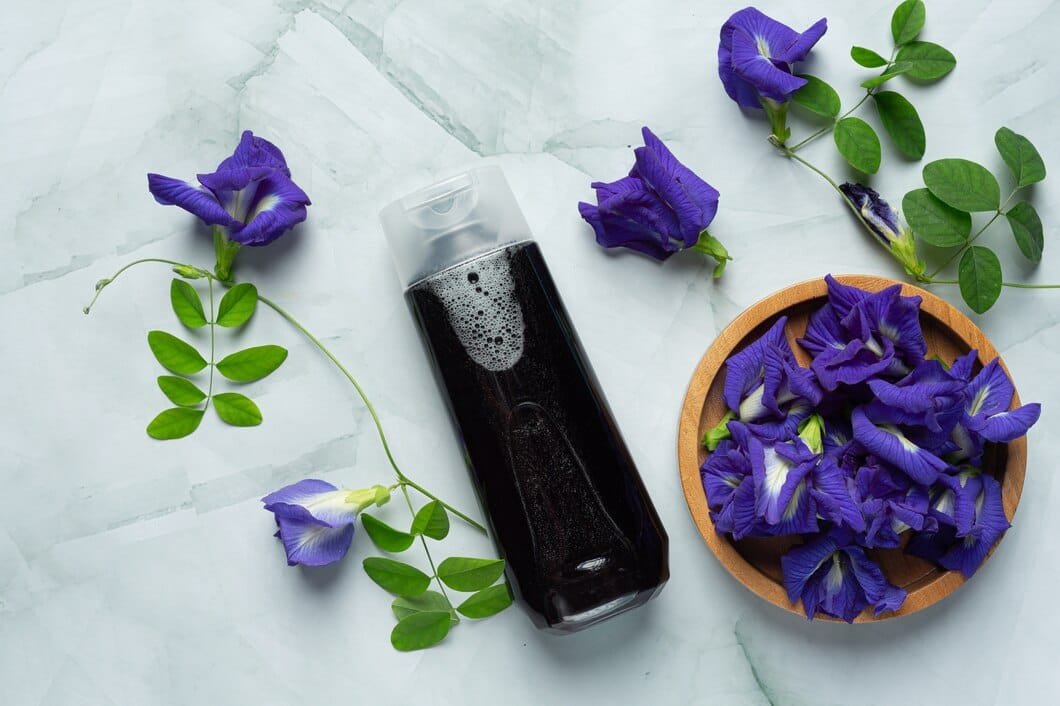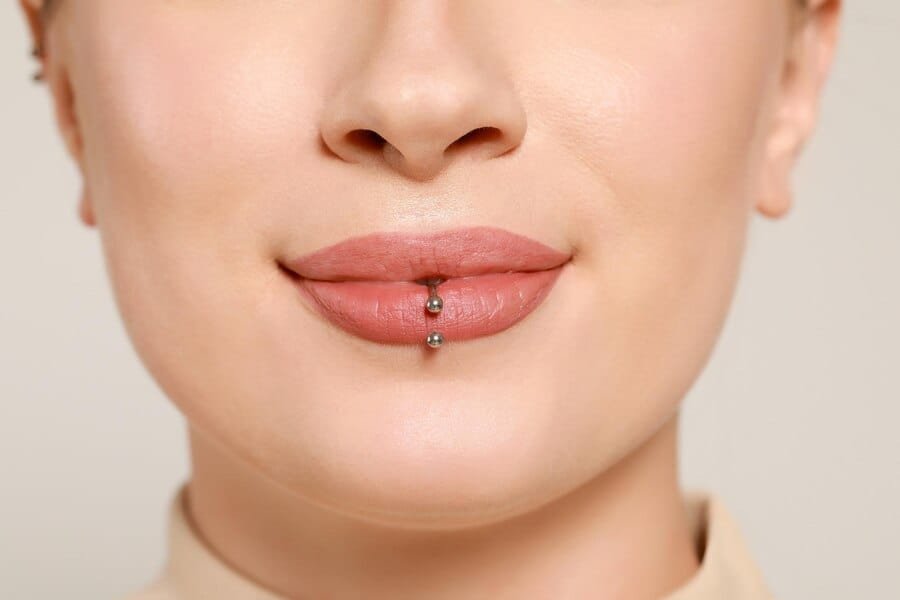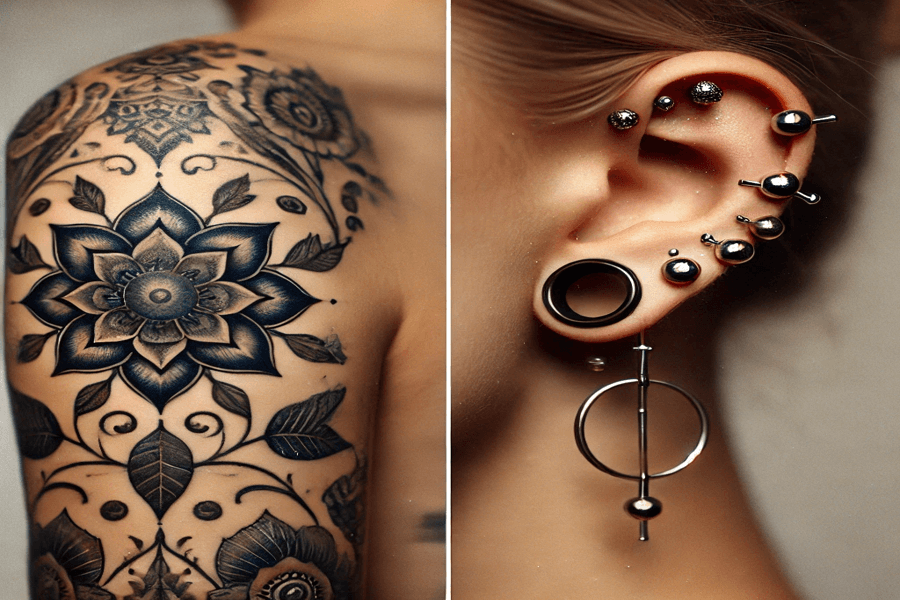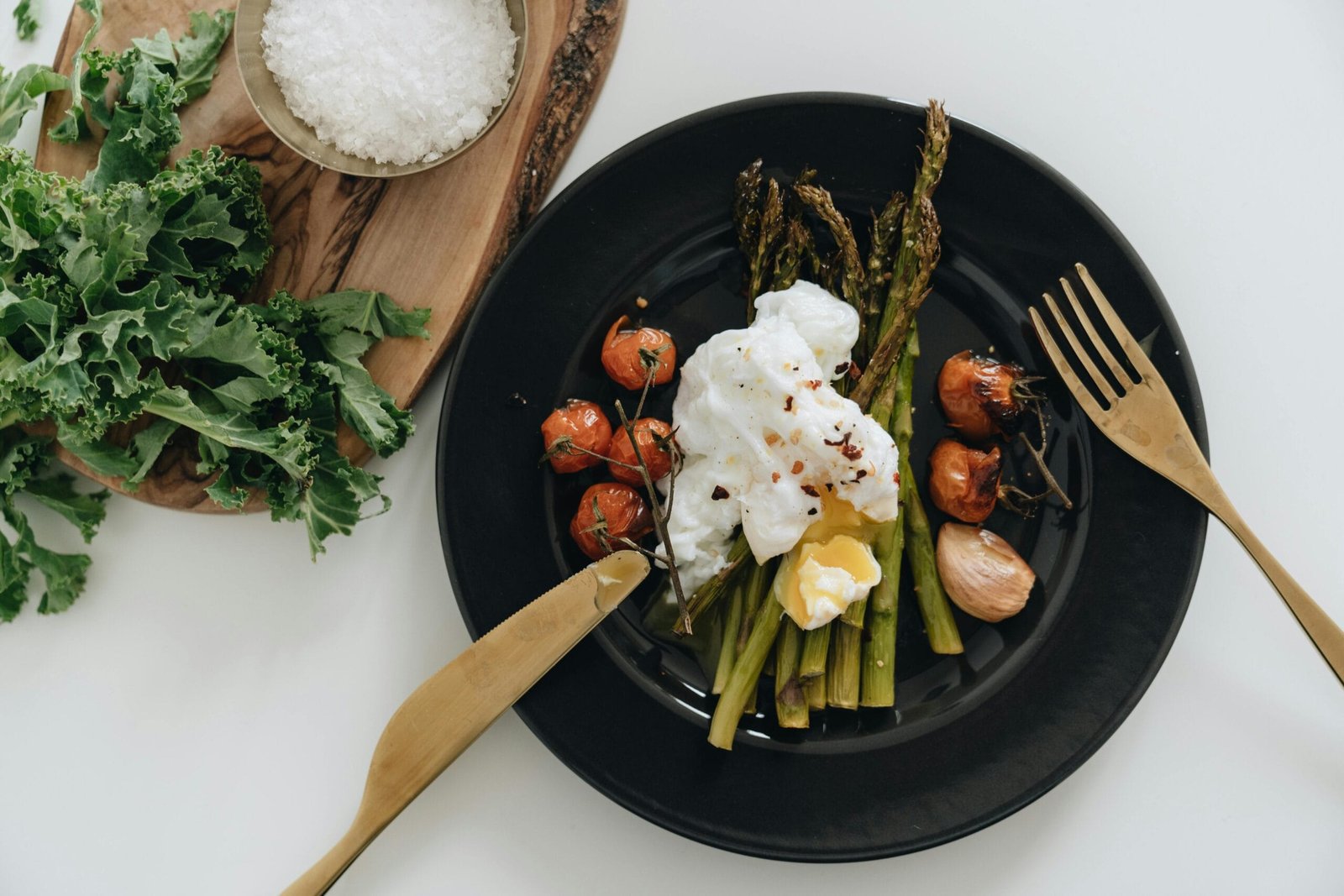Have you ever dreamed of a drink so enchanting it changes colour from deep blue to purple, delivering a wellness experience that’s as captivating as it is beneficial? Welcome to the world of butterfly pea flower tea—a drink that’s capturing hearts and health-conscious minds alike. Originating from Southeast Asia, this mystical blue tea has been used for centuries, not only for its striking colour but also for its vast array of health benefits.This isn’t just a beautiful drink; it’s an ancient wellness tool packed with antioxidants, stress-relieving properties, and much more.
In recent years, butterfly pea flower tea has gone global, popping up in cafes, wellness centres, and home kitchens across the world. Why? The tea’s colour-changing ability (it turns from blue to purple with a touch of lemon!) isn’t just visually appealing; it’s a sign of the powerful anthocyanins within—compounds celebrated for their health-supporting qualities. So, what can this magical tea do for you? In this comprehensive guide, we’ll dive into its unique health benefits, cultural origins, and delicious recipes to make butterfly pea tea part of your wellness routine.
Read on to see why this tea might just become your new favourite drink.
What is Butterfly Pea Flower Tea?
Butterfly pea flower tea, often simply called blue tea, comes from the flowers of the Clitoria ternatea plant, native to Thailand, Malaysia, and parts of Indonesia. This plant has striking, bright-blue petals due to the high levels of anthocyanins, the same powerful antioxidants found in blueberries and purple grapes. In traditional medicine, the butterfly pea flower has been used to support everything from skin health to cognitive function, but it’s the tea’s magical colour-changing ability that has brought it to the forefront of global wellness trends.
When the blue tea is combined with an acidic ingredient, like lemon juice, it transforms into a vivid purple drink. This is due to the pH sensitivity of anthocyanins, which change colour when exposed to different acidity levels. This vibrant visual effect makes butterfly pea tea a favourite in cocktails, desserts, and Instagram-worthy photos, while its health benefits continue to build its reputation as a staple in holistic health practices.
The Health Benefits of Butterfly Pea Flower Tea
The health benefits of butterfly pea flower tea are diverse and impactful. Below, we delve into its core benefits, blending traditional knowledge with scientific insights to give a complete picture of what this tea can offer:
- Antioxidant Powerhouse
Anthocyanins in butterfly pea tea make it a potent antioxidant source, helping the body fight oxidative stress. Oxidative stress, caused by free radicals, is a key factor in ageing and various chronic diseases. Regularly consuming antioxidant-rich foods and drinks like butterfly pea tea can support cellular health, boost immunity, and even protect against heart disease and certain cancers. Studies on anthocyanins have shown that these compounds can help lower inflammation, adding to their protective benefits.
- Anti-Aging and Skin Health
The high antioxidant content in butterfly pea flower tea supports skin health by preventing collagen degradation and protecting against environmental damage. Some studies suggest that anthocyanins can improve collagen synthesis, which keeps the skin elastic and reduces the appearance of fine lines and wrinkles. Regular consumption of butterfly pea flower tea may lead to a radiant, youthful complexion—a reason why it’s become popular among beauty enthusiasts.
- Stress Relief and Cognitive Support
Traditional healers in Thailand and Malaysia often used butterfly pea flower tea as a natural remedy for stress and anxiety. Modern studies suggest that the compounds in butterfly peas may reduce levels of cortisol, the body’s main stress hormone. It’s also believed to have adaptogenic properties, helping the body adapt to stress. Additionally, butterfly pea flower tea is used in Ayurvedic medicine to enhance memory and improve cognitive function.
- Improves Eye Health
Studies have found that anthocyanins may benefit eye health by improving circulation and protecting against cellular damage in the eyes. Butterfly pea flower tea may help reduce eye strain, especially for those who spend long hours in front of screens, by supporting blood flow to the eyes and strengthening capillaries. Some research even suggests it may improve night vision.
- Supports Digestive Health
Traditionally, butterfly pea flowers were used to soothe digestive issues, and modern science supports this practice. The tea’s mild diuretic effect may aid in flushing out toxins and preventing bloating, while its anti-inflammatory properties can help soothe the digestive tract.
- Mood Enhancement
Beyond stress relief, butterfly pea flower tea is linked to improved mood and mental well-being. By helping to regulate serotonin and dopamine, the compounds in butterfly pea flower tea may enhance mood, making it a natural choice for relaxation and mental clarity.
Daily Consumption and Safety Tips
For those new to butterfly pea flower tea, it’s best to start with moderate daily consumption. Here’s a breakdown of ideal intake and potential considerations:
- Recommended Intake: One to two cups per day is generally safe and effective for experiencing its benefits.
- Is it Safe on an Empty Stomach? Yes, butterfly pea flower tea is mild and generally safe to consume on an empty stomach, but those with sensitive digestive systems may prefer to have it after a meal.
- Side Effects and Precautions: While rare, excessive consumption could cause mild digestive upset due to its natural diuretic properties. Pregnant or breastfeeding individuals should consult a healthcare provider before adding it to their daily regimen.
How to Make Butterfly Pea Flower Tea: Recipes and Tips
Making butterfly pea flower tea is incredibly easy, and there are many ways to customize it. Here are some popular recipes:
- Classic Butterfly Pea Flower Tea
- Ingredients: 5-6 butterfly pea flowers, 1 cup hot water, lemon, honey, or ginger (optional).
- Instructions: Add the flowers to hot water and let steep for 5-10 minutes. Add lemon to watch the colour change to purple, and sweeten with honey as desired.
- Iced Butterfly Pea Flower Lemonade
- Brew the tea as above, let it cool, then add lemon juice and pour over ice. Garnish with fresh mint for a refreshing summer drink.
- Butterfly Pea Bubble Tea
- Brew butterfly pea tea, let it cool, and add to a glass with tapioca pearls and coconut milk. This colourful, caffeine-free twist on bubble tea is perfect for kids and adults alike.
- Butterfly Pea Flower Latte
- Combine brewed butterfly pea tea with steamed milk (dairy or plant-based) and honey for a creamy, soothing latte.
- Butterfly Pea Flower Tea in Desserts
- Use the tea as a natural dye in desserts like cheesecake, popsicles, or ice cream. The tea’s mild flavour won’t overpower other ingredients but will add a stunning colour.
Blue Tea vs. Purple Tea: Understanding the Differences
While both blue and purple teas are rich in antioxidants, they come from different plants and offer unique health benefits:
- Blue Tea: Made from butterfly pea flowers, it’s caffeine-free and primarily used for its calming properties and aesthetic appeal.
- Purple Tea: This tea is made from a rare variety of Camellia sinensis found in Kenya, which naturally contains anthocyanins. Unlike butterfly pea flower tea, purple tea contains caffeine and has a distinct taste closer to traditional tea, with additional benefits for metabolism and weight management.
Blue Matcha vs. Green Matcha: What’s the Difference?
Blue matcha and green matcha may share a name, but they’re fundamentally different:
- Blue Matcha: Made by grinding dried butterfly pea flowers, it’s caffeine-free and enjoyed for its calming, antioxidant-rich profile.
- Green Matcha: Made from green tea leaves, this matcha contains caffeine and is known for its metabolism-boosting and detoxifying properties. Green matcha is celebrated for mental clarity and energy, while blue matcha offers a more relaxed experience.
Butterfly Pea Flower Tea FAQs
Is Butterfly Pea Flower Tea Safe for Children?
Yes, butterfly pea flower tea is generally safe for children, as it’s caffeine-free and mild. However, as with any new food or drink, it’s best to start with a small amount.
Can You Drink Butterfly Pea Flower Tea Every Day?
Yes, moderate daily consumption of butterfly pea flower tea is safe and offers ongoing health benefits.
Is Butterfly Pea Flower Tea Good for Kidney Health?
Those with kidney conditions, particularly advanced ones, should consult their doctor before adding it to their diet, as it has mild diuretic properties.
Does Butterfly Pea Flower Tea Help with Weight Loss?
While not a direct weight loss tea, its mild diuretic properties can help reduce bloating, and its antioxidants support overall health, which is beneficial in any wellness journey.
Is Blue Tea Safe During Pregnancy?
While generally safe, pregnant or breastfeeding individuals should consult their healthcare provider before incorporating butterfly pea flower tea into their diet.
Can Butterfly Pea Flower Tea Be Used as a Natural Dye?
Yes, butterfly pea flower tea’s vibrant colour is perfect for natural dyeing in cooking and even in crafting applications, offering a non-toxic alternative to artificial dyes.
Conclusion
Butterfly pea flower tea is an extraordinary drink that combines beauty and wellness in one captivating cup. From its striking colour-changing effects to its array of health benefits, this tea offers a unique experience that’s worth trying. Whether you’re interested in its potential for stress relief, and skin health, or simply want to add a splash of colour to your day, butterfly pea flower tea makes for an excellent addition to any wellness routine. Brew a cup, watch the magic unfold, and enjoy a drink that’s as good for the body as it is for the eyes.






